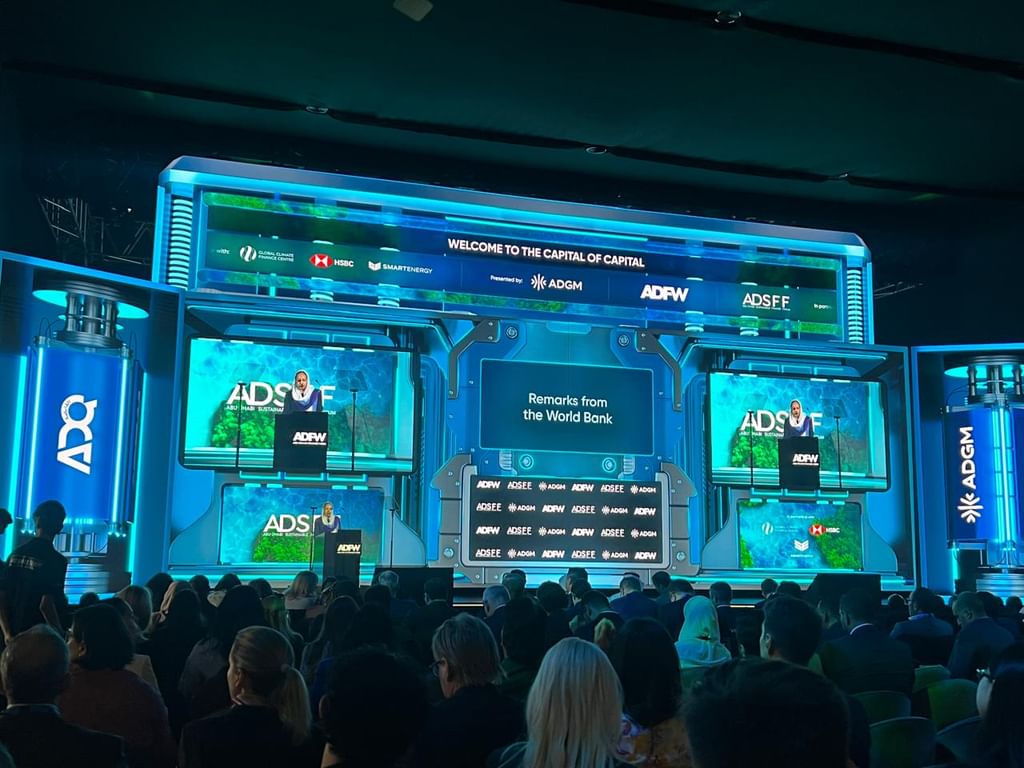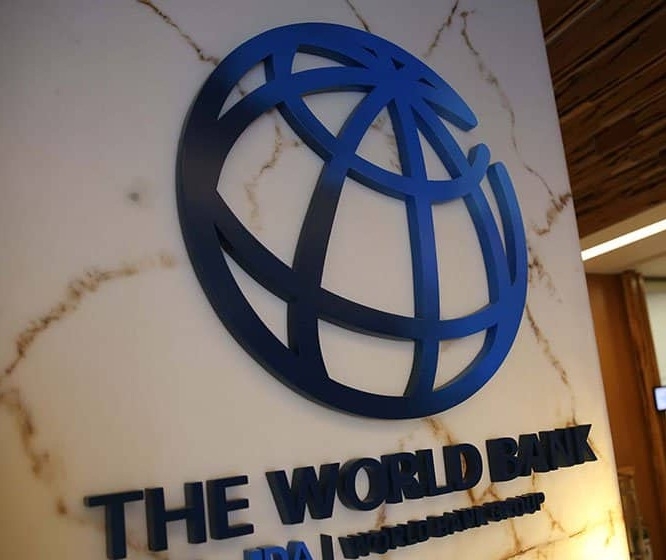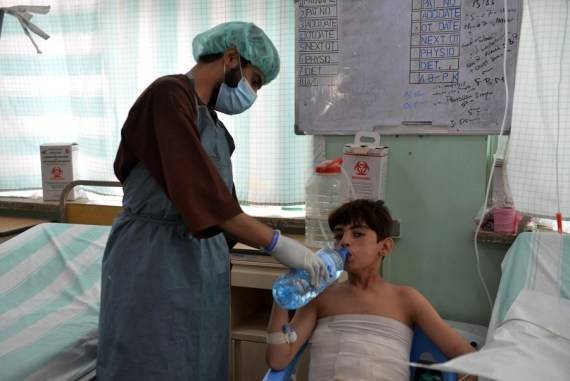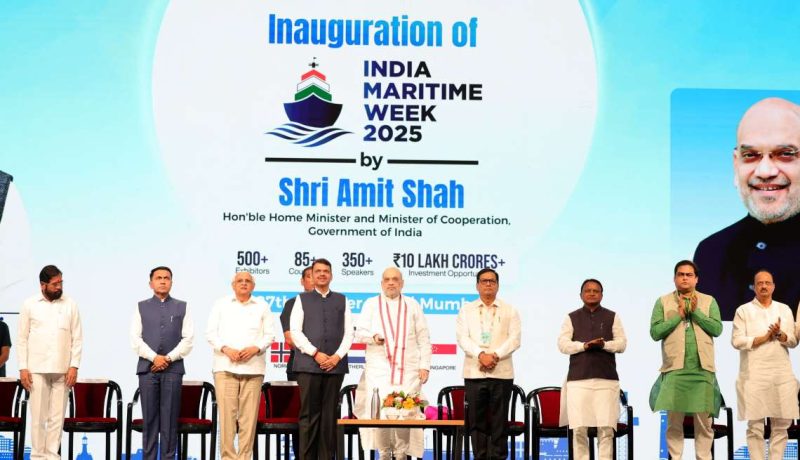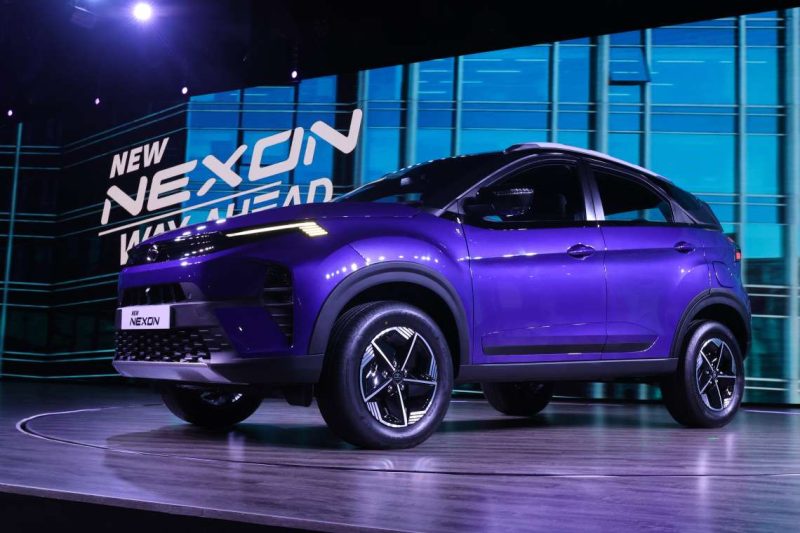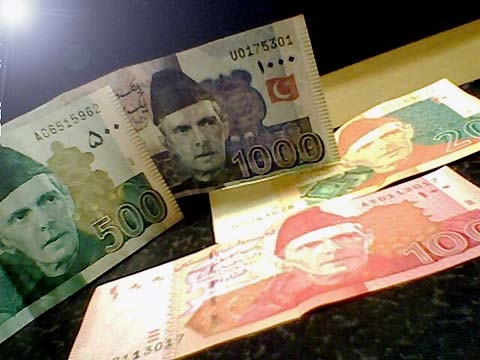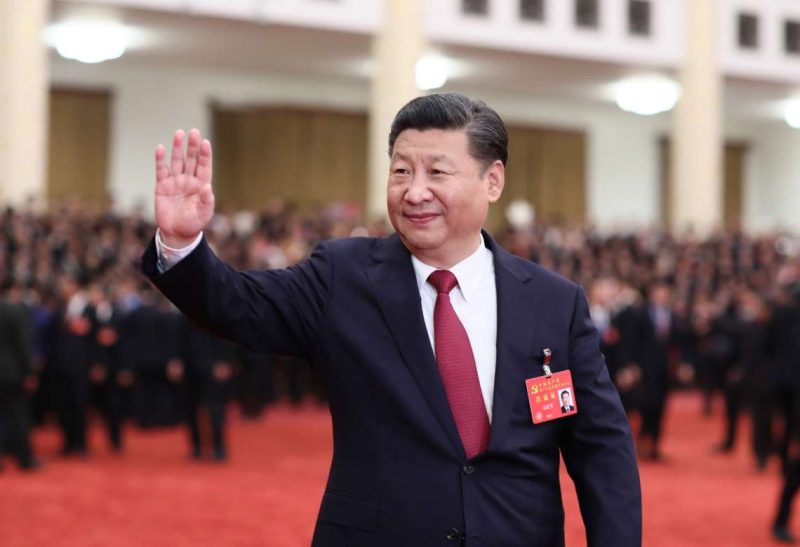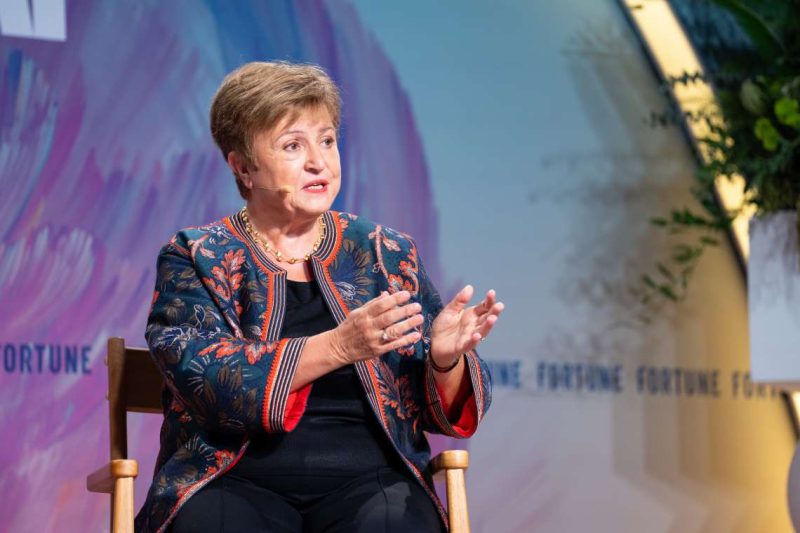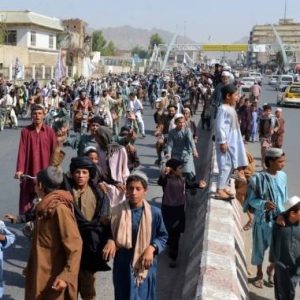Director General, National Mission for Clean Ganga has given presentation on Namami Gange to World Bank Executive Directors during an impact assessment meeting in Agra….reports Asian Lite News
During their visit to Agra, Uttar Pradesh earlier this month, the World Bank’s Executive Directors convened to comprehend the transformative impact of the Bank’s projects within India. G. Asok Kumar, Director General of the National Mission for Clean Ganga (NMCG), presented an elaborate overview of the Namami Gange initiative to the global cohort of World Bank Executive Directors. The event was also attended by Auguste Kouame, Country Director of the World Bank for India.
In the meeting, discussions were held with the World Bank EDs on various aspects of river rejuvenation and the role of the World Bank. The EDs appreciated the development across water sector enabled by transformational reforms and private sector participation, especially under Namami Gange Mission, in India’s pursuit of becoming water-secured nation. They appreciated that NMCG has started a new chapter of public participation with multiple stakeholders including people, educational institutes, social organizations and civil society become part of Namami Gange becoming a global name to reckon with in river rejuvenation. The EDs appreciated the clarity of vision of the leadership and were especially impressed by the HAM model, One City One Operator Model, Arth Ganga initiative and Public Participation efforts put under Namami Gange mission.

Nine EDs of the World Bank Group were present during the meeting: Jack Kurski, Poland; Khalid Bawazier, Saudi Arabia; Zainab Shamsuna Ahmed, Nigeria; Junhong Chang, China; Erivaldo Gomes, Brazil; Ernesto Acevedo, Mexico; Cecilia Nohan, Argentina; and Robin Tasker, United Kingdom. Bhaskar Dasgupta, ED, Finance, NMCG and D.P. Mathuria, ED, Technical, NMCG were also present. A tour to the iconic Taj Mahal was also organised.
Giving a detailed presentation to the dignitaries on the Namami Gange Programme, the Mr. G. Asok Kumar said that water has been recognized as one of the most important component for India’s economic growth and a lot of initiatives have been taken up the water sector in the past 7-8 years. In 2019, under the leadership of Prime Minister Mr. Narendra Modi, Jal Shakti Ministry was created by bringing together various departments to enable quick decision-making without conflict. Some of the major initiatives in the water sector include Jal Jeevan Mission, that aims to provide household tap connections to all by 2024, Atal Bhujal Yojana for effective management of groundwater through participatory approach and Swachh Bharat Mission as part of which more than 100 million toilets were built, taking the burden off the world in the direction of sanitation for all.
DG, NMCG informed that dignitaries about Catch the Rain: Where it Falls, When it Falls campaign that was launched for decentralized storage of rainwater (in-situ storage of water) as part of which lakhs of rainwater harvesting structures were constructed.

Giving an overview of the Namami Gange Programme, he said it is a holistic and integrated river rejuvenation programme not just to clean River Ganga but restore its entire riverine ecosystem through public participation. Namami Gange is premised on the five important pillars of – Nirmal Ganga (unpolluted river), Aviral Ganga (unrestricted flow), Jan Ganga (People’s Participation), Gyan Ganga (knowledge and research based interventions) and Arth Ganga (people-river connect through the bridge of economy). “442 projects worth around 4.5 billion US $ have been sanctioned out of which 193 pertain to sewage management,” he informed, adding, “The funding is also sourced from organisations like the World Bank, JICA, Asian Development Bank etc.” Explaining the 5-tier structure of NMCG, he talked about the National Ganga Council meetings headed by the Prime Minister held in Kanpur (2019) and Kolkata (2022) and emphasized on the unwavering political commitment to the Namami Gange Programme.
He said that Namami Gange was chosen as one of the world’s top ten restoration flagships to revive the natural world. Namami Gange, selected from over 160 eco-restoration programmes around the world, was awarded at Montreal, Canada during the UN Conference on Biological Diversity (COP15) on 13th December 2022. NMCG was the only entity from India to participate in the United Nations World Water Conference held in New York in March 2023.
He said that the increased sightings and thriving of aquatic species like Gangetic Dolphins and local fishes is indicative of improved water quality in the Ganga River. “In 2014, there were two polluted stretches in Category V and one each in Category II and III. In comparison, in 2023, two stretches (Haridwar to Sultanpur and Buxar to Bhagalpur) are now ‘unpolluted’ and the remaining two in Category V (Kannauj to Varanasi and Triveni to Diamond Harbour) are exceeding the accepted range by minor points,” he said.

DG, NMCG explained in detail the Hybrid Annuity Model used for sewage management projects in the Ganga Basin under Namami Gange. Under this model, the development, operation and maintenance of the STP is undertaken by a Special Purpose Vehicle (SPV) at the local level. As per this model, 40% of the Capital cost would be paid during construction while the remaining 60% of the cost will be paid over the life of the project as annuities along with operation and maintenance cost (O&M) expenses for the next 15 years. The Annuity and O&M payments are linked to the performance of the STP. This will ensure continued performance of the assets created due to better accountability, ownership and optimal performance. There are total 32 projects sanctioned HAM, out of which 7 are funded by the World Bank. “It ensures performance-based contracting and improved governance,” DG, NMCG added.
Shri Kumar also spoke on the River-Cities Alliance (RCA) initiative under Namami Gange which was launched in November 2021 with 30 members. Now, with 142 members, including the international city of Aarhus, RCA has become a desirable platform to ideate, discuss and exchange information for sustainable management of urban rivers. RCA Global witnessed participation of high ranking officials from Embassies. Cities of Manchester, Arhus, Copen Hagen and Hamberg made presentations on their efforts to use rivers flowing by them as growth engines.




